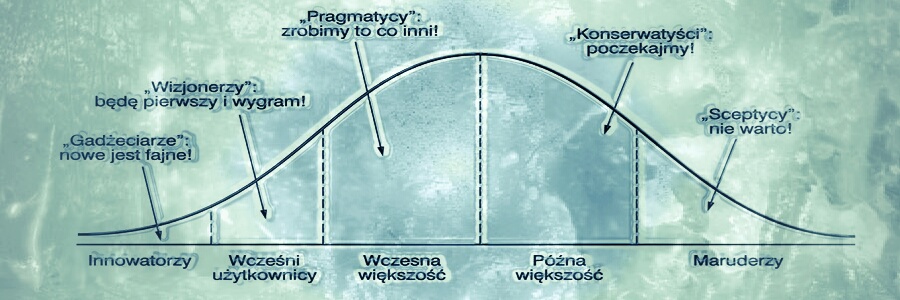Diffusion of innovations is a key topic for practitioners, including marketing professionals and sales specialists. Therefore, it might seem surprising that till 2012, no practical textbook or guidebook concerning this topic was published in Polish language. Krzysztof Klincewicz filled the gap, publishing a book and several practitioner-oriented articles. He popularized the Polish acronym PZNTO, corresponding to the five components of Everett M. Rogers’ model of features supporting the diffusion of innovations: relative advantage (pl. przewaga), compatibility (pl. zgodność), low complexity (pl. niska złożoność), triability (pl. testowalność) and observability (pl. obserwowalność). Klincewicz proposed the ways of promoting customer benefits as opposed to technical features of new products, presented how to calculate the Total Cost of Ownership, and interpret own offerings as elements of more complex, systemic goods or platforms. He also introduced to the Polish literature the models of crossing the chasm and entering the bowling alley, originally proposed by Geoffrey A. Moore, but relatively unknown to the high-tech community in Poland. The book includes numerous practical examples of both successful and failed diffusion cases, including: Windows Vista operating system, Asus eee netbook, Google Wave service, NTT DoCoMo i-mode platform, Segway Human Transporter, Tamagotchi fish, A/N1H1 vaccines, dangerous slimming drug Meizitang, and web browser Google Chrome.


